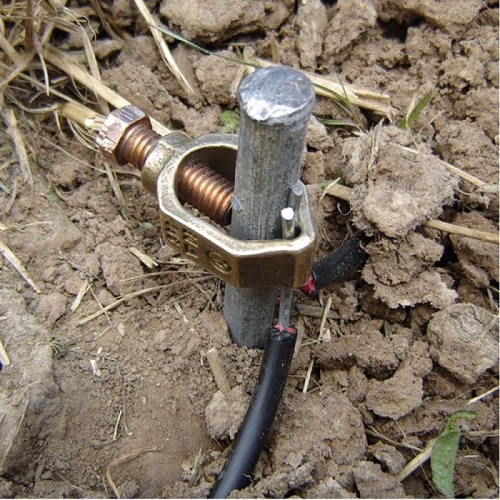A ground rod is frequently constructed of copper or copper-coated steel and is frequently found quite close to your main electrical service panel. They have a diameter of about half an inch and a length of 8 to 10 feet. In order to provide an authorized ground connection, it needs to be electrically connected to your main service panel.
Building codes enable a single ground to be utilized as the only grounding device if its resistance is 25 ohms or less. A minimum of one additional ground rod is needed if the resistance of a ground rod is higher than 25 ohms.
Purpose of Grounding Rod
A ground rod or a series of ground rods that make up a ground field serve only to provide the earth with a planned electrical channel for the discharge of a static discharge voltage, which can be lightning or other types of static electricity. Typically, zero volts are thought to exist at the electrical earth ground rod. All subsequent voltage measurements can be made with the earth’s potential referenced to zero volts.
READ ALSO: Can Direct Current (DC) LEDs run on Alternating Current (AC)?
Can a Grounding Rod be buried Horizontally? In order to take advantage of the better soil conditions, grounding rods are often erected vertically.
A grounding rod can be buried horizontally, however this is not advised because it will make the grounding system less effective.
In addition, horizontal installation might not adhere to local building standards. To ensure adherence to local codes and regulations, it is always advised to speak with a certified engineer or licensed electrician.
